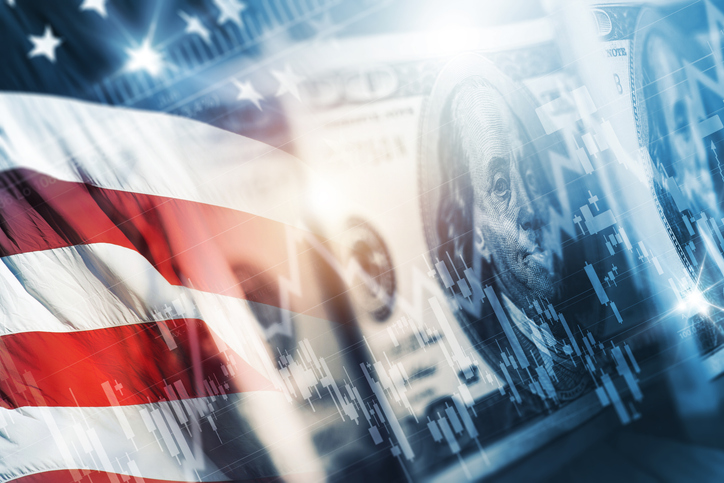How will the U.S. Interest rates cut affect you?
The recent announcement from the US Federal Reserve as they made a significant cut to interest rates of 0.50% points marks the largest reduction in interest rates since 2020. Typically, the Federal Reserve adjusts rates by just 0.25 percentage points at a time, so this half-point cut is a substantial move designed to have a noticeable impact on the economy.
The cut brings the federal funds rate to a range between 4.5% and 4.75%, the lowest it has been in two years.
Their goal with this cut is to stimulate the US economy, encourage businesses to and consumers to borrow more money at lower rates. This should lead to more spending and in turn economic growth.
Why have interest rates been so high?
Interest rates in the US and globally have been at a record high over recent years due to a combination of pressures. COVID-19 caused economic disruptions and the supply chain issues that followed caused a surge in inflation in the US and globally. Consumer prices have been rising for goods like groceries, fuel and housing which has prompted the Federal Reserve to act.
They raised interest rates in several increments, hoping to cool down spending and borrowing, which in turn could help bring inflation under control. When borrowing costs increase, both consumers and businesses tend to spend less, slowing economic growth and reducing inflationary pressures. Over the past year, the federal funds rate had been raised to around 5%, one of the highest levels in decades.
This has had a substantial effect on the economy, the housing market has begun to cool due to higher mortgage rates and businesses pulling back on investments. Inflation has began to moderate as the Federal Reserve begins their balancing act to ensure inflation doesn’t reignite whilst avoiding a recession.
Why have they cut interest rates now?
While inflation has eased in recent months, there are concerns that the high interest rates were beginning to stifle growth too much. By making borrowing cheaper through this significant 0.50 percentage point cut, the Fed aims to boost both consumer spending and business investment. This recent cut should support economic growth in the US for 2025.
Lower interest rates can make it cheaper for businesses to expand, hire more employees, and invest in new technologies. For consumers, this can mean more affordable loans for things like homes, cars, and education. As borrowing costs decrease, individuals are more likely to take out loans, which in turn can drive up demand for goods and services, helping to boost the economy.
With reduced interest rates, consumers might feel more confident about making big-ticket purchases, such as homes or cars, knowing their monthly payments will be lower. In turn, this renewed confidence and spending can have a ripple effect, encouraging businesses to expand and invest more heavily, further stimulating the economy.
How the rate cuts affect the typical US family
This rate cut has several implications for US families, particularly when it comes to managing everyday expenses. One of the most immediate effects will be felt in mortgage rates. Families looking to buy a home or refinance their current mortgage may see lower interest rates, which can significantly reduce monthly payments. A 0.50% reduction in interest rates can translate to thousands of dollars saved over the life of a mortgage, making homeownership more affordable.
Those with credit card debt or personal loans may notice lower interest rates on their outstanding balances making it easier to manage repayments. Financing a new car or making large purchases will become more affordable as loans will be more accessible. This will allow families to have an increase in spending money which will be poured into the economy through purchases and days out.
How global markets are affected
Changes in U.S. monetary policy often ripple through global markets, and countries like the UK could be affected. For instance, the UK’s financial markets often move in tandem with the U.S., particularly in terms of bond yields and currency exchange rates. If U.S. interest rates decline, it can weaken the dollar, making other currencies like the British pound stronger in comparison. This can affect UK exports, making British goods more expensive for U.S. consumers.
US rates can also promote central banks such as, the Bank of England to consider their own policy adjustments.
The next announcement
the next major Federal Reserve decision is set for November 7th, just after the U.S. elections. The timing of this announcement has sparked debates about how political and economic factors will intersect. Many are questioning whether future rate cuts will continue or if the Fed will pause to reassess the state of inflation and economic growth post-election.














